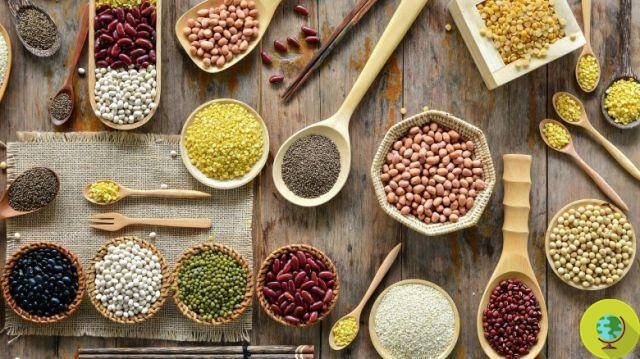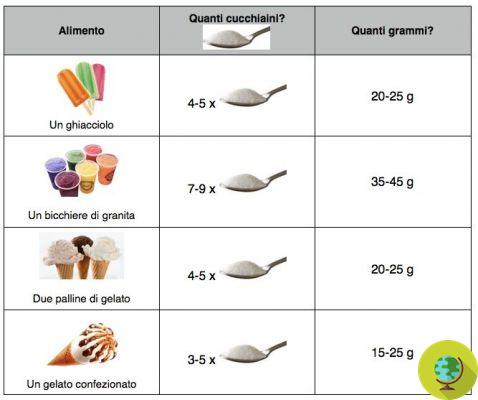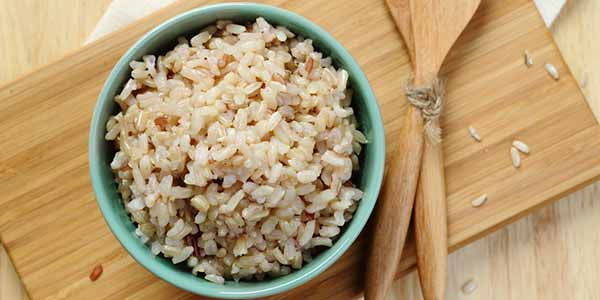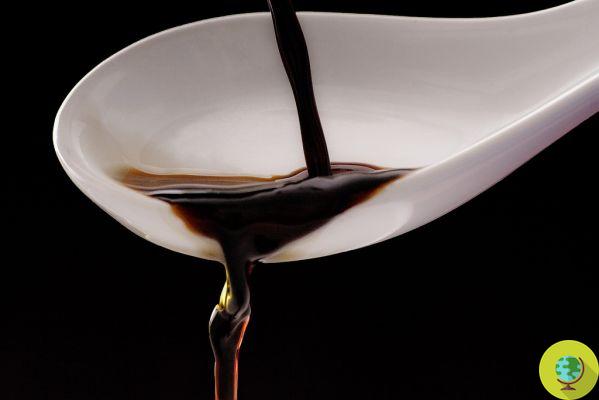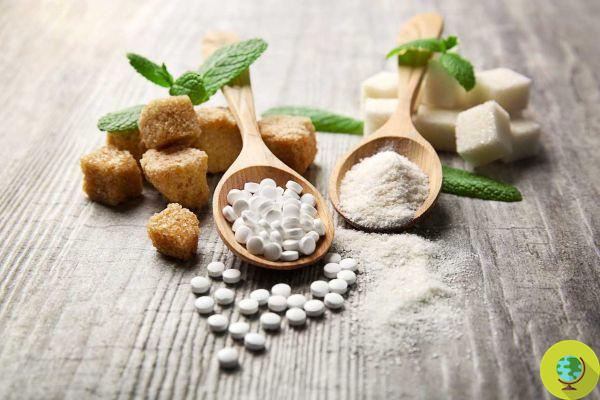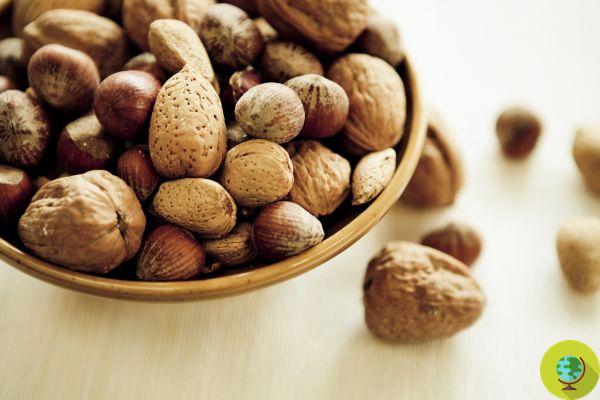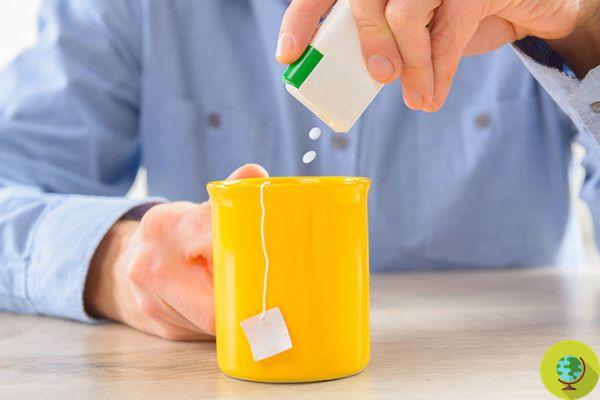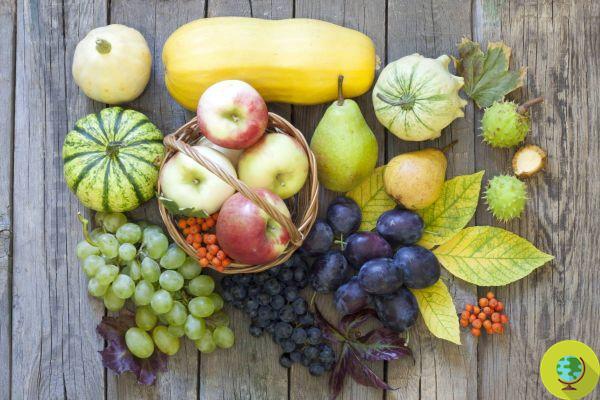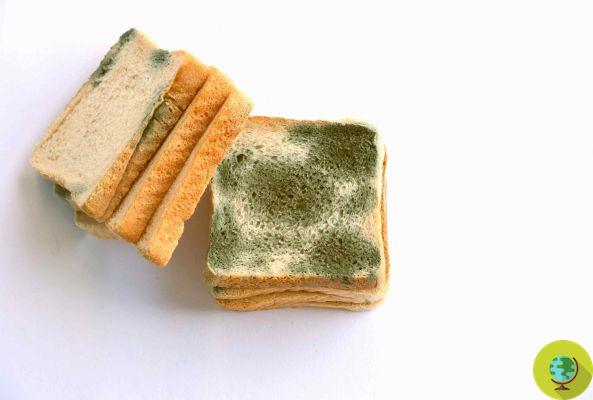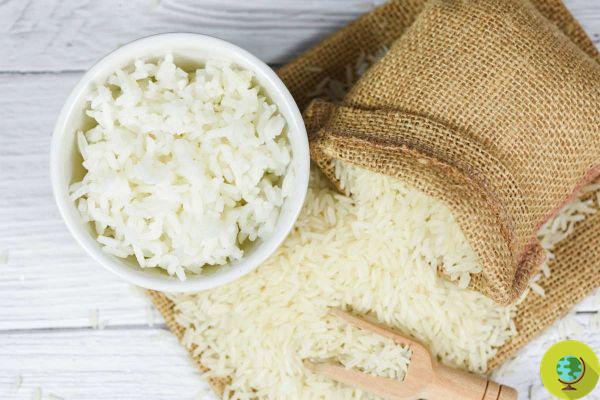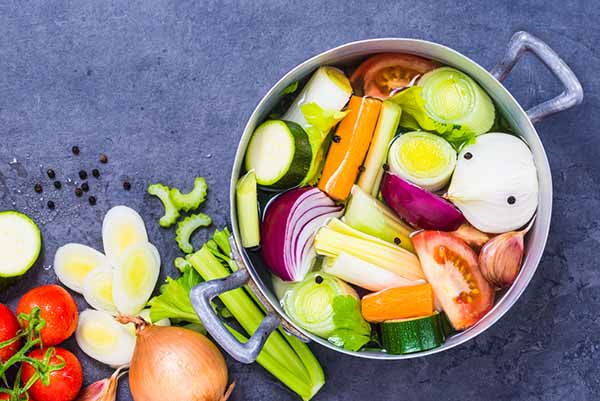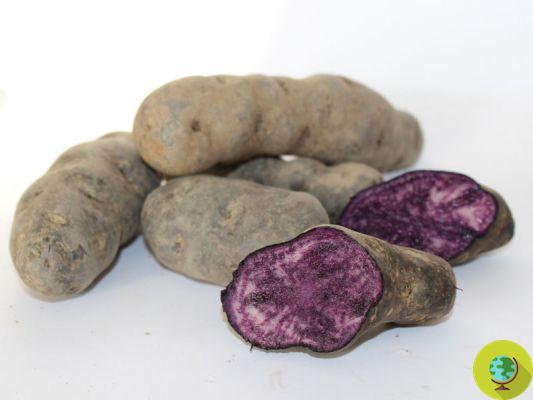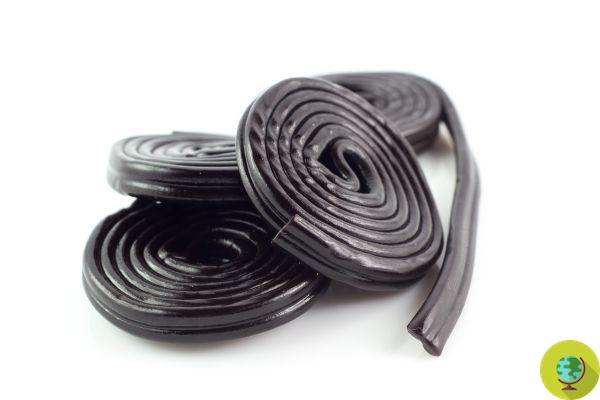
Discover the main pitfalls that can be hidden behind a package of apricots, dates, figs, raisins or prunes
Let's see what are the main pitfalls that can be hidden behind a package of dried apricots, dates, figs, plums, raisins, etc ...
La fruit in all its forms, including that dried, makes a great mid-morning and mid-afternoon snack. The natural sugars contained in fruit can give us the right energy for our activities and fibers instead they can contribute to the well-being of our intestine. But as in all things you shouldn't overdo it and it is always very important to pay attention to what you buy. (Read also: Is dried fruit healthy? What do nutritionists think)
First of all it is good to specify that with dried or dehydrated fruit we mean for example dried plums, apricots, figs, sultanas, etc. or that fruit that it was originally fresh and which is then dried to guarantee a longer conservation. It is a very ancient method, originally it was done in the sun or very low heat, today there are modern appliances useful for dehydrating fruit or other foods.
If we self-produce dried fruit at home there are no problems, but we must instead be careful in case you buy ready-made products. We see what are the main pitfalls that can be hidden behind a package of dried apricots, figs, plums, raisins, etc.
Index
Sulfur dioxide or sulfur dioxide (E220)
Unfortunately, very often in dehydrated fruit we find Dsulfur dioxide or sulfur dioxide which on the packages can also be indicated with the code E220. It is a gas that is used as disinfectant, whitening agent or as food preservative. When treated with sulfur dioxide before drying, fruit retains its original color and flavor and increases shelf life. Consumed in small quantities this substance is considered "safe" but, in any case, it is a toxic chemical product, especially if inhaled, and children in particular should be kept at a safe distance.
It is possible to avoid consuming dried fruit with added sulfur dioxide simply by being very careful read the labels of what you buy e observing the color (which for example in the case of apricots cannot be bright orange but rather a dark color similar to that of plums). For peace of mind you can buy the organic brands or make your own dried fruit. (Read also: How to dry fruit at home without buying a dryer)
Added sugars
The drying process of the fruit ensures that the water is completely eliminated. In this way they go however to concentrate the sugars naturally present in the food also increasing the caloric density. But just do not overdo the consumption and this will not harm our body. The problem, however, is that very often, since poor quality and therefore not very tasty fruit are used, in the dehydrated fruit we buy we find some additional ingredients: sugar, saccharin or other artificial sweeteners. At this point the sugar present in the fruit we eat becomes too much, with all the negative consequences that this can have on our metabolism.
Also in this case the advice is to read the labels, leaving on the shelves those packages in which you find added sugars or better still, as suggested above, try to dry the fruit by yourself to be able to choose it already naturally sweet and good and not having to add anything.
Portions
Dried fruit tastes very good and it's really easy to overdo it. Even if you bought quality dehydrated fruit or made it yourself at home, you are not justified in indulging in too large portions. In fact, as we have already said, this fruit is a food dense with energy and rich in sugars, it is good to consider that generally a half cup of dehydrated fruit is equivalent to a whole cup of fresh fruit.
Better therefore to eat it perhaps more often, but in small quantities - two or three plums or dates a day - if you do not want to cause sugar levels to rise excessively or suffer from bloating and fermentation. Furthermore, to lower the glycemic load it is possible to accompany it with protein dried fruit, always without exaggerating. In order not to overdo it, if you choose to self-produce it at home, you can pack single-portion bags to be consumed whenever you feel like it!
To find out the amount recommended by nutritionists, we suggest watching this video:
On dried fruit you might also be interested in:
- Is dried fruit healthy? Does it raise your blood sugar? What do nutritionists think
- Dates: 10 Unexpected Benefits If You Eat A Couple A Day (Beyond Christmas Holidays)
- This is the best snack for guilt-free hunger quenching, according to a new study
- How and why to make dehydrated strawberries to have them available all year round
- Apple chips: the recipe to prepare them at home without a dryer




